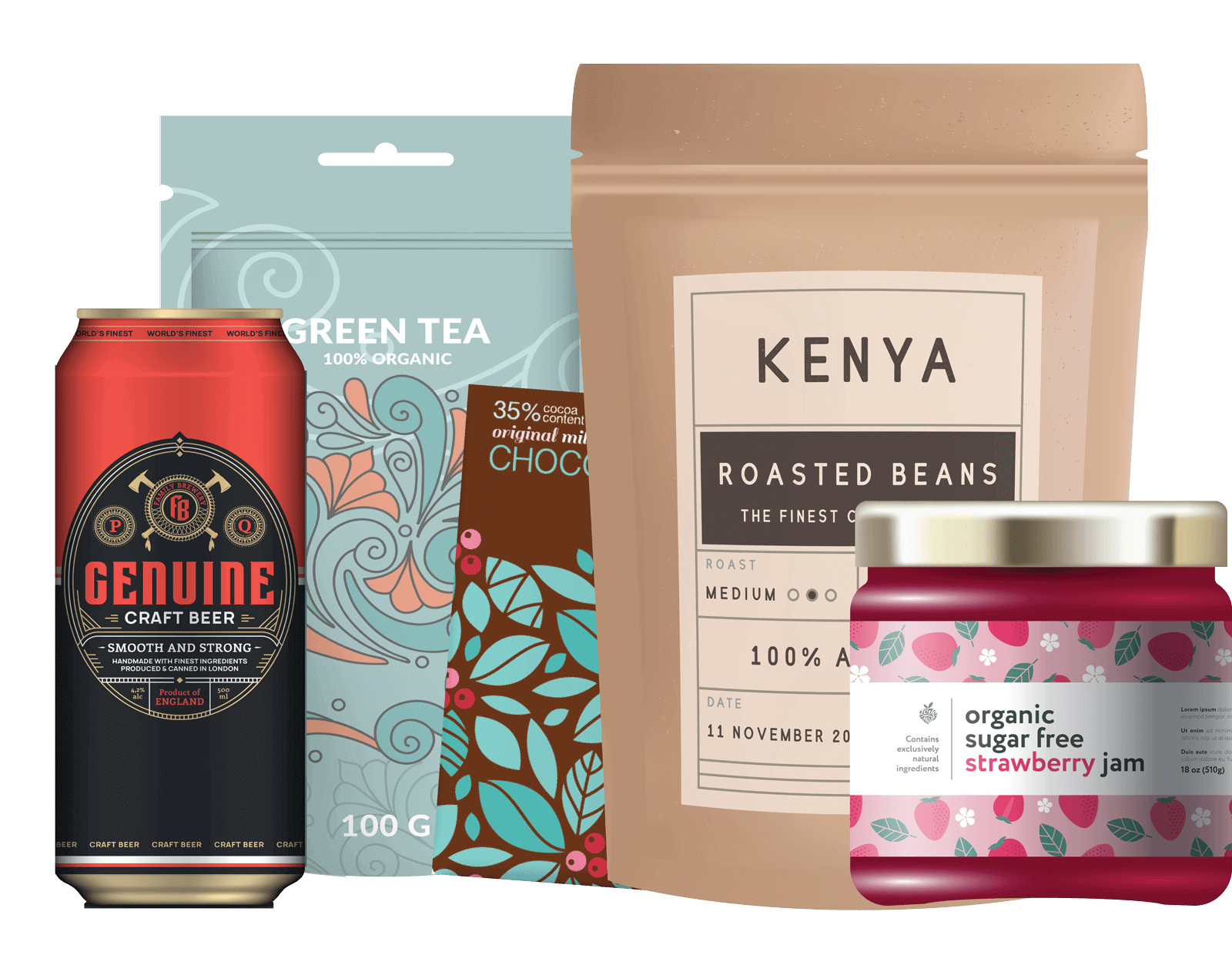How well are you utilizing the many ways your brand can make its way into households of varying sizes and circumstances? We would certainly recommend revisiting this question regularly. As new consumer data keeps coming in, it is now the perfect time to ask and evaluate if unit dose and single-dose packaging would be a great next step for your product.
We would also suggest not writing off this type of packaging too quickly if you haven’t yet seen it used for your product. Our packaging experts would love the opportunity to get creative and look at your product from angles you may not have considered before! This will help “leave no stone unturned” as you make inroads to diverse consumer groups who want a variety of size options.
If you do follow these recommendations, you’ll want to get started on the right foot. We’re confident you will be in great shape if you consider the following as you explore your options.
Why Small Packaging is Making a Big Impact
There can be quite a bit to unpack with innovations and trends that could benefit your product. This is particularly true when looking at the demand for unit dose and single-dose packaging.

As we have covered in previous blogs, consumers are putting increased value on smaller, more efficient packaging, ready to be taken on-the-go. And when you look in the medical/pharmaceutical, home and garden, and automotive industries, precision can be key as well.
One of the greatest things about this trend is how it caters to different groups of consumers, too. This includes millennials, families living at today’s faster pace, and seniors, too. It’s also a multinational trend, already more popular in Europe, Asia, Latin American and other markets.
There are plenty of good reasons to explore unit dose and single-dose packaging, so be sure to look at your consumer audience, lean on the unmatched expertise of our consultants, and consider doing some trials to test the benefits for your brand.
Types of Unit Dose and Single Dose Packaging
Although pharmaceuticals and personal care items might be the first things you think of, this packaging trend is really crossing into many industries, including beverage, household cleaners, and much more. Depending on what your product is, here are some common types of unit dose and single-dose packaging that may suit it:
- Blister Packs
- Small Bottles
- Tubes
- Pods
- Vials
- Ampoules
Whatever your product may be, we can help you with sorting through all the options. We can help you talk through it. We will ask you about your product, its components, how it is used, and pull together the particulars that matter to your consumers.
Let’s Consider the Bigger Packaging Picture, Too
If you do go with single-dose packaging, it is important to remember that you can still sell in bulk. In addition to designing and consulting on the packaging units themselves, we also provide the packaging to contain all the single-dose units. For example, you may want a plastic tub for dishwasher detergent pods. Whatever the best solution may be, we will help you find it and get the right fit for your brand.
When we think of single-dose packaging, we look back to how we have been entrenched in the energy shot market for years. However, the expansion of single-dose packaging has gone beyond the one-off purchases made from end-caps, store counters, and check-out lines. We are now seeing this type of packaging used for cold-pressed coffee shots (big with Millennials) and “sleep” shots, all of which can be bought in larger quantities.
The possibilities are exciting, too, as consumers are focused on getting more with the added value of convenience. This goes for products like coffee, tea, oatmeal pods, medications, detergents, lubricants, and much more. The solution often means no-mess, no measure, and less stress for today’s busy consumer.
What is Next for Your Product?
You may be reaching the end of this post still questioning whether your product should come in unit-dose or single-dose packaging. Or you may be more confident than ever that it does. Should you have a single dose package as an option for your product?
Don’t worry about the decision — let us help you explore the possibilities and find the honest answer!




